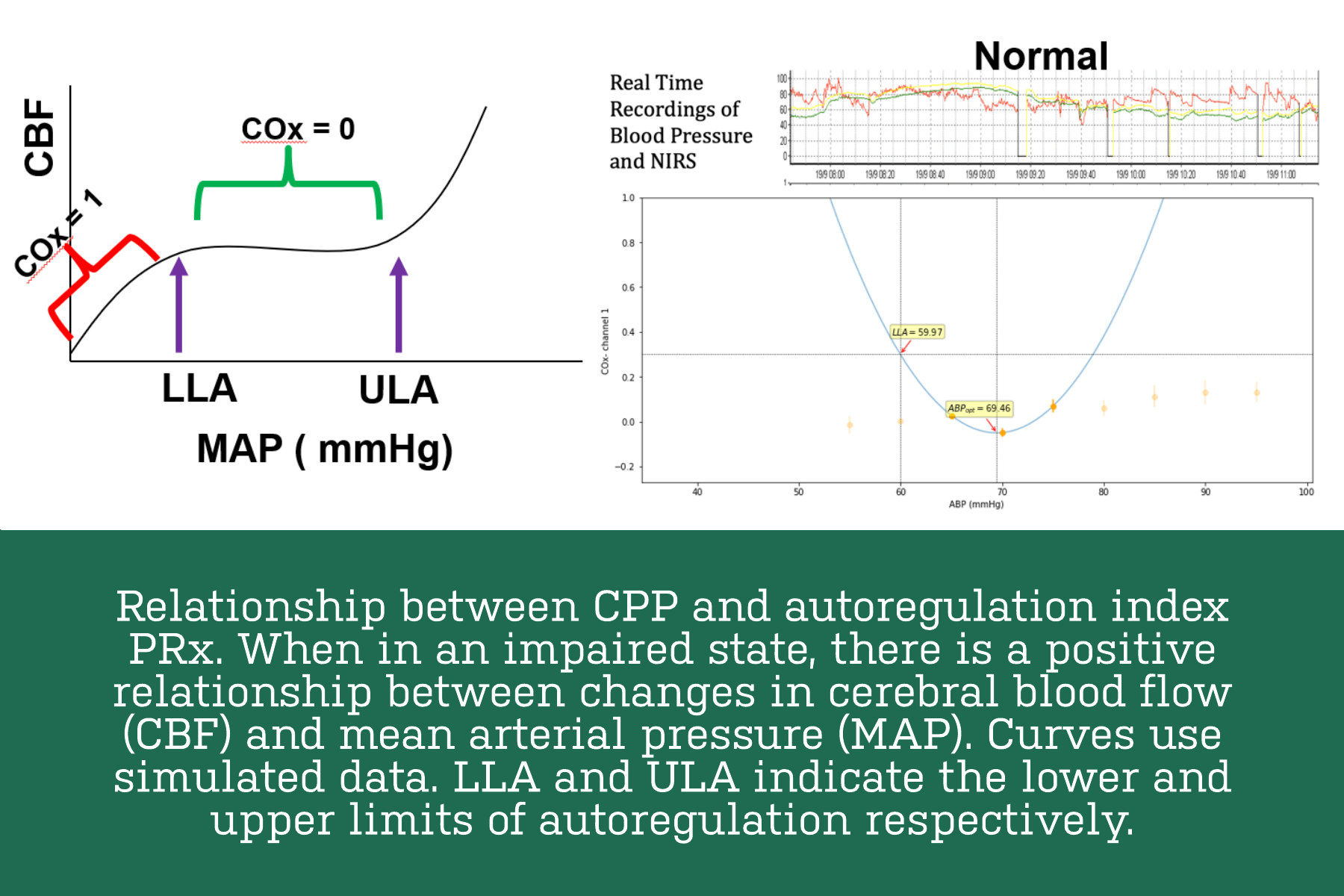 If you’re in the UAB Heersink Department of Anesthesiology and Perioperative Medicine, you’ve probably heard about the platform called Sickbay; a high-resolution device integration used for data capture and analysis.
If you’re in the UAB Heersink Department of Anesthesiology and Perioperative Medicine, you’ve probably heard about the platform called Sickbay; a high-resolution device integration used for data capture and analysis.
Indeed, it is unique in its ability to chart and record – in a timely, synchronized fashion – any and all physiologic variables from our operating rooms’ (OR) critical care monitors and machines at high frequency. But what can we do with it?
“Sickbay allows us to not only capture signals that would otherwise be lost after being shown on a monitor, but also create new knowledge from those signals,” says Principal Data Scientist Ryan Melvin, Ph.D. “Our prime examples are calculating optimal blood pressure by estimating a patient’s ability to autoregulation cerebral blood flow, which we published recently, and estimating vascular stiffness via pulse arrival time, on which Ryan Godwin, Ph.D., from the Data Science team is working closely with Andre Gosling, M.D., and Dan Berkowitz, MB BCh.”
Currently, our department uses Sickbay exclusively in the Cardiovascular Operating Room (CVOR) and Neurological Intensive Care Unit (NICU). In the CVOR, it can be used for research purposes. While in the NICU, Sickbay can be used for remote monitoring and research.
As one example of research in the CVOR – championed by Domagoj Mladinov, M.D., Ph.D., and Berkowitz – we’re using the platform to analyze high-resolution near-infrared spectroscopy (NIRS) and arterial blood pressure (ABP) (at 120Hz) signals to estimate patients’ lower limits of cerebral autoregulation. That is, we want to identify the optimal blood pressure for each individual patient (precision medicine and goal-directed therapy) rather than targeting blood pressure based on commonly accepted population-based standards.
Similarly, for NICU patients with intracranial pressure monitoring (ICP), we can calculate optimal blood pressure from a combination of ABP and ICP signals. Both interventions have a goal of improving brain perfusion by individualizing blood pressure and other therapies.
In the NICU, the platform is available for remote monitoring such as gas monitoring (example: respiratory rate), ECG signals, hemodynamics (example: arterial blood pressure), temperature, and CNS monitoring (example: EEG). It can also provide continuous up-to-the-minute information trends from a patient’s entire (monitored) stay.
Sickbay has endless capabilities and allows our physicians to use retrospective data to create risk calculators that can be viewed from anywhere you can access the internet – a highly efficient and future-thinking approach to patient care.

Find out more from the research behind Sickbay.
Intraoperative utilisation of high-resolution data forcerebral autoregulation: a feasibility study.
RL Melvin, JR Abella, R Patel, JM Hagood, DE Berkowitz, D Mladinov
British Journal of Anesthesia
128 (3), e217-e219